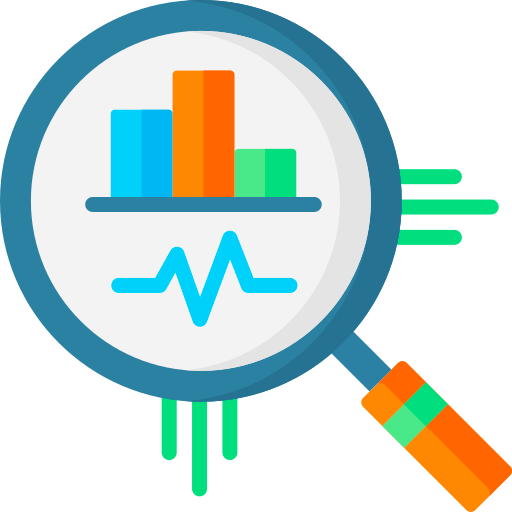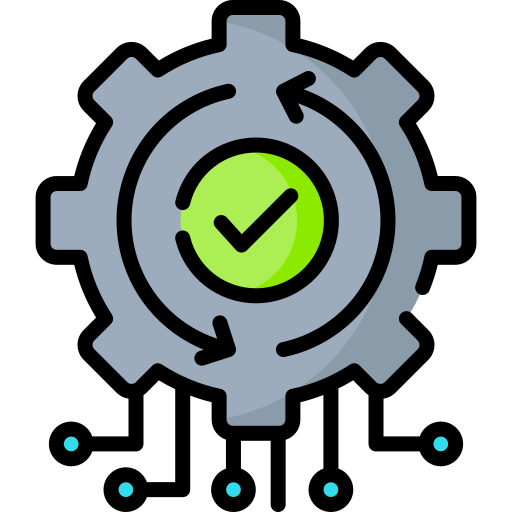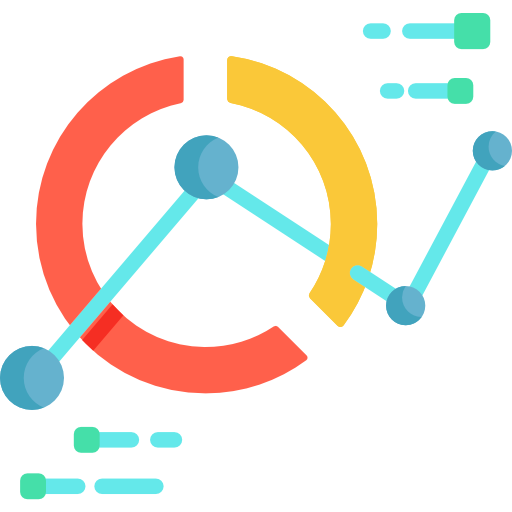Introduction
Organizations use diagnostic analysis techniques for a wide variety of applications including process improvement and equipment maintenance. Our expert explains the basics of diagnostic analytics and how it differs from other branches of data analysis.
Diagnostic analytics is a branch of analytics concerned with using data analysis techniques to understand the root causes behind certain data points. We use diagnostic analysis techniques to answer the “Why did this happen?” question when looking at historical data from a business, practice, or process.
What Is Diagnostic Analytics Used For?
Diagnostic analytics is a form of root cause analysis that explores outliers in our data set and helps us understand why something happened. If our sales dropped 15 percent between February and March, we can use diagnostic analysis methods to help us understand the cause behind the steep decline.
There are multiple ways a company or analyst can conduct an effective diagnostic analytics workflow.
Here’s an overview of the main methods we associate with diagnostic analytics.
Data Drilling
Data drilling consists of performing deeper dives into specific data sets to explore and discover trends that are not immediately visible at the aggregated level of data.
For example, a business looking to understand how many hours its employees spend on manual tasks may start by obtaining a global table of all its people. They might then drill down by region, line of business, or type of role to get a more granular (hence drilled down) sense of how manual work is allocated across the employee base.
There are several techniques and modern software available to do this effectively, from simple spreadsheets to more advanced data processing and visualization tools.
Data Mining
Mining data requires a deeper level of processing as opposed to data drilling, but its goal is the same — to understand key patterns and trends.
We typically associate data mining with six common groups of tasks through which we can reveal patterns:
Anomaly Detection
Anomaly detection involves tasks targeting the identification of outliers or extreme data points in a vast set of data.
Dependency Modeling
Dependency modeling target the identification of specific associations between data points that may otherwise go undetected. For example, an electronics company may discover Product A and Product B are often mentioned together in customer reviews and act on that information by placing those products together in a display.
Clustering
These tasks segment data into similar clusters based on the degree of similarity across data points. Clustering could allow a beauty shop to determine similar groups of customers and advertise to them accordingly.
Classification
Classification tasks target the categorization of data points to recognize and classify future data points into specific groups. Classification could allow cybersecurity software companies to analyze email data and separate phishing emails from harmless email content.
Regression
Regression tasks extract a function that models the relationship between different data points according to a specific equation that captures the relationship between the different variables at play.
Summarization
Summarization tasks condense data for easier reporting and consumption while also avoiding the loss of more valuable, granular information we can use for clearer decision-making.
Correlation
Correlation analysis is concerned with understanding and quantifying the strength of the relationship among different data variables in a given set of data points. Correlation is helpful in diagnostic analytics processes concerned with understanding to what degree different trends in the data are usually linked.
Correlation analysis is helpful as a preliminary step in the causal analysis, which is a branch of statistics concerned with not only determining the relationship between variables but also the causal process between them.
For example, data may show that sales of pet food are strongly correlated with weather patterns, but it may not be the case that changes in weather cause changes in the level of pet food sales. We’d use causal analysis to answer the latter half of this question.
Examples of Diagnostic Analytics
Process Improvement and Automation
Understanding specific processes and leveraging diagnostic analytics techniques to identify root causes is a key use case for this methodology across industries. Let’s say we’re wondering why a particular step in a workflow or manufacturing process is taking longer than average. If we use some of the techniques laid out above, we can map the process from start to finish and gather enough data to answer the question. Diagnostic analytics can help us correct course and improve overall process performance.
Marketing Analytics
The marketing funnel is the sequence of marketing activities that funnel customers, or potential customers, all the way from initial awareness down to product conversion. Understanding the marketing funnel and its data is of critical importance to help companies effectively allocate advertising budgets.
Diagnostic analytics around marketing initiatives are especially important at the early stages of a company’s growth. These workflows support frequent iteration and feedback to direct the organization’s next best action.
Industrial Equipment Management
Most heavy industrial machinery generates data that informs its functioning and maintenance lifecycle. In this context, diagnostic analytics in this context can help raise alerts regarding the health status of precious and capital-expensive equipment before it’s too late, thus avoiding costly replacement orders and halting production lines.
Company Communication
We can use diagnostic analytics to study inter-company communication flows and understand:
whether certain departments or teams are collaborating enough
which communication channels are most used (email, internal chats, video calls)
which employee categories and roles contribute to the bulk of the communication flows
We can perform these analyses on anonymized, aggregated data so individuals are not identifiable. At the same time, the company can derive smart insights and put them to use to improve internal communication practices.
Descriptive vs. Prescriptive vs. Predictive vs. Diagnostic Analytics
Descriptive Analytics: What Happened?
Descriptive analytics workflows are concerned with providing a historical view and/or summarization of the data. Examples include sales reports and quarterly financial results released periodically by publicly traded companies.
Prescriptive Analytics: What Should We Do Next?
These workflows are concerned with providing recommendations and suggesting the next best action to take in a given context. For example, Netflix movie recommendations delivered to the user are derived from prescriptive analytics techniques.
Predictive Analytics: What’s Likely to Happen?
Predictive analytics is concerned with providing insights and forecasts into the future so the organization or data consumer can prepare for the most probable scenario. Time series forecasting and weather predictions are based on prescriptive analytics techniques.
Diagnostic Analytics: Why Did This Happen?
With the above in mind, it’s easier to appreciate how diagnostic analytics fits into the wider picture of using data to achieve a variety of goals
Where other branches of analytics work target “What”-like questions, Diagnostic analytics goes a step further and additionally provides deeper explanations or the answers to the “Why” questions data can also answer thanks to the techniques we’ve seen above.
Thanks for reading!






